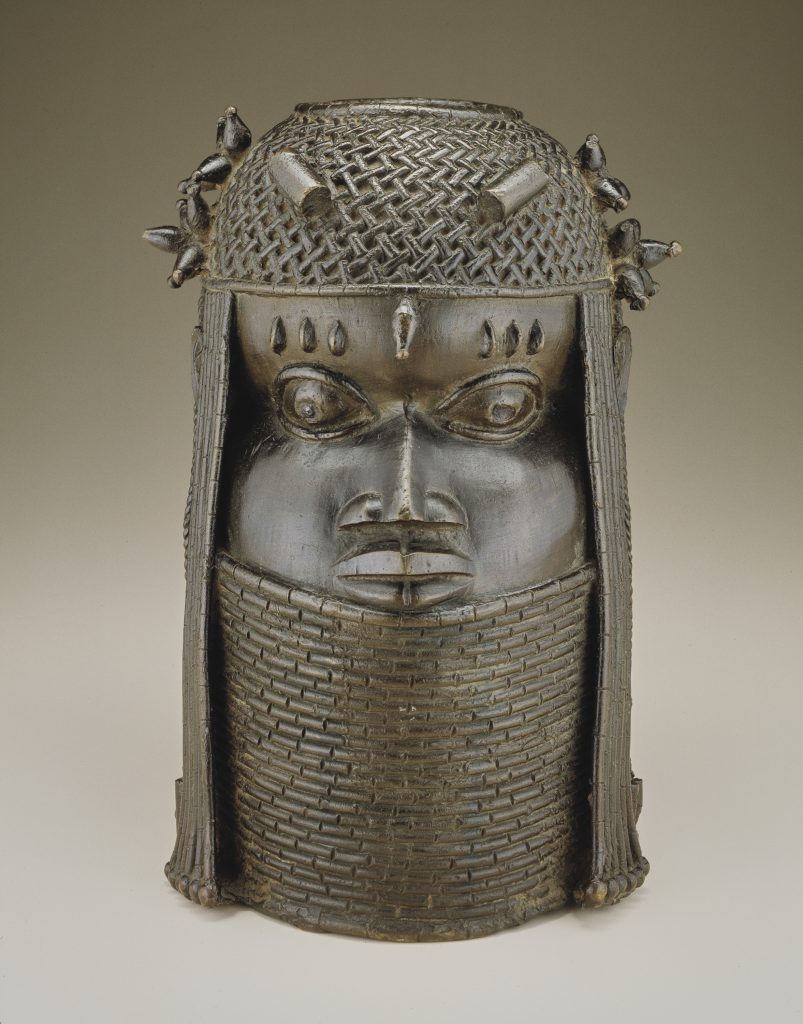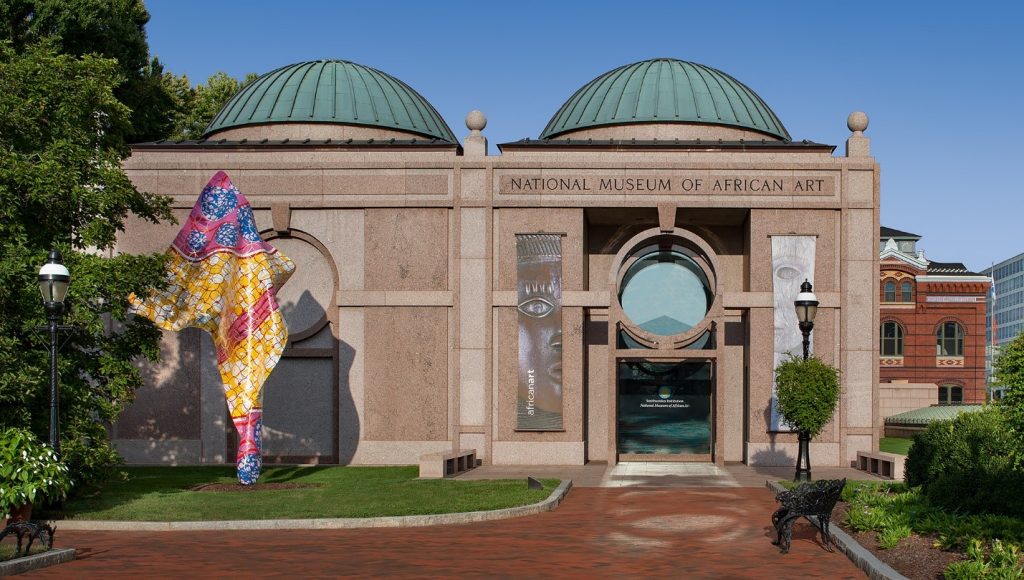Museums & Institutions
In a Landmark Vote, the Smithsonian Institution Officially Approves the Return of 29 Benin Bronzes to Nigeria
The move marks the first major restitution effort under the institution’s newly adopted policy.

The move marks the first major restitution effort under the institution’s newly adopted policy.

Taylor Dafoe

This week, the Smithsonian Institution’s Board of Regents voted to deaccession a group of Benin bronzes, making good on a pledge from earlier this year to return the stolen objects to their home country of Nigeria. The move marks the first major restitution effort under the institution’s newly adopted policy.
In total, 29 Benin bronzes will be returned to Nigeria’s National Commission for Museums and Monuments. (The actual transfer will take place at a “later date,” according to the Institution’s announcement, and will be paid for by the Smithsonian.) All of the objects were looted by British soldiers in a notorious raid of Benin’s Royal Palace in 1897.
The soon-to-be-returned objects are among 39 Benin bronzes in the collection of the Smithsonian National Museum of African Art in Washington, D.C. (As of this spring, “provenance research” was still being conducted for the remaining 10.)
Last fall, the museum’s director Ngaire Blankenberg removed 10 Benin bronzes from view and expressed a desire to repatriate them to Nigeria. This March, the Smithsonian announced that it had struck a deal with the Nigerian National Commission to return the artifacts, pending approval by the Board of Regents.
At that point, the Smithsonian was at work formalizing a new, institution-wide restitution policy, based on suggestions made by a group of curators and historians who had convened the year prior—under the name of the Ethical Returns Working Group—to discuss the topic.

The National Museum of African Art in Washington, D.C. Courtesy of the Smithsonian Institution.
Under the finalized policy, which went into effect across the Smithsonian’s 19 museums on April 29, museum objects found to have been looted, taken under duress, or otherwise unethically sourced are eligible for return to their country of origin. (Previously, the Institution did not call for artifacts to be deaccessioned, so long as the objects entered the Smithsonian’s collections legally.)
“There is a growing understanding at the Smithsonian and in the world of museums generally that our possession of these collections carries with it certain ethical obligations to the places and people where the collections originated,” Smithsonian secretary Lonnie Bunch said in a statement upon the implementation of the new policy this year. “Among these obligations is to consider, using our contemporary moral norms, what should be in our collections and what should not.”
“This new policy on ethical returns,” he added, “is an expression of our commitment to meet these obligations.”
In most cases, individual Smithsonian museums can instigate restitution processes independently, based on ethical, rather than strictly legal, considerations. However, in the case of artifacts that “are of significant monetary value, research or historical value, or when the deaccession might create significant public interest,” board approval is required, according to the policy.
Notably, the Benin bronzes, which for many have come to symbolize the larger cultural debate about restituting colonial-era artifacts, check all of those boxes.